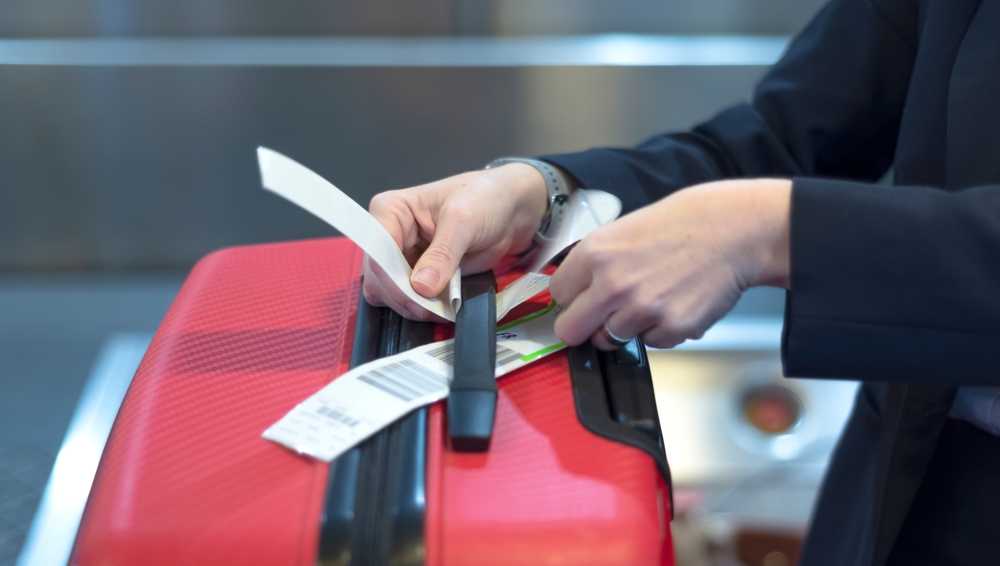A trip to Europe doesn’t have to be beyond your budget! With the right planning and a few strategic choices, you can explore Europe’s stunning cities, charming villages, and breathtaking landscapes without overspending. Here’s how to make your European vacation in 2025 affordable and unforgettable.
Affordable Flights: How to Get Our Best Deals
- Be Flexible with Your Travel Dates – Airfare prices fluctuate based on demand, and traveling on weekdays—especially Tuesdays and Wednesdays—can save you a lot of money. Avoid peak summer months (June and July), and instead, plan your trip for late August, September, or early October when flights are cheaper, and crowds are smaller.
- Fly into Major Airline Hubs – Booking a flight to major hubs like London, Paris, or Amsterdam is often cheaper than flying directly to a smaller European city. Once you land, use budget airlines, trains, or buses to reach your final destination at a lower cost.
- Choose Budget Airlines Wisely – Low-cost carriers such as Ryanair, easyJet, and Wizz Air offer affordable flights across Europe, but they come with strict baggage policies. Always check the baggage fees before booking to avoid paying extra at the airport.
- Consider Alternative Airports – Many European cities have secondary airports with cheaper flights. For example, flying into London Gatwick instead of Heathrow or Milan Bergamo instead of Malpensa can save you money. Just factor in the cost of transportation from the airport to the city center.
- Mix and Match Airlines – Instead of booking a round-trip ticket with the same airline, compare one-way fares with different carriers. Booking separately can sometimes result in cheaper overall prices.
Saving on Transportation in Europe
- Use Public Transportation – Taxis and Ubers can quickly eat up your budget. Instead, use buses, trams, and metros for a fraction of the price. Many cities offer public transport passes that are cheaper than buying single tickets.
- Travel by Train for Scenic and Affordable Journeys – Europe’s train network is extensive, efficient, and often cheaper than flying. Consider purchasing a Eurail Pass if you plan on visiting multiple countries. Otherwise, book train tickets in advance for savings.
- Take Advantage of Budget Bus Services – Companies like FlixBus and BlaBlaCar offer cheap intercity travel. Buses take longer than trains but are a great way to save money if you’re not in a rush.
Budget-Friendly Accommodation Options
- Stay in Hostels, Guesthouses, or Budget Hotels – Hostels are no longer just for backpackers—many offer private rooms at lower rates than hotels. Guesthouses and budget hotel chains like Ibis and Premier Inn also provide affordable options.
- Book Accommodations Outside City Centers – Staying a bit outside major tourist areas can significantly lower your accommodation costs. Just make sure there’s a metro or tram stop nearby for easy access to the city center.
- Try Short-Term Rentals – Platforms like Airbnb, Vrbo, and local apartment rentals can be more affordable than hotels, especially for groups or long stays. Booking an apartment with a kitchen also helps you save on food.
Eating on a Budget in Europe
- Make Lunch Your Main Meal – Many restaurants offer affordable lunch specials that are significantly cheaper than dinner menus. If you want to experience fine dining, do it at lunch rather than dinner.
- Shop at Local Markets and Grocery Stores – European supermarkets offer delicious, high-quality food at a fraction of restaurant prices. Pick up fresh bread, cheese, and fruit for a budget-friendly picnic.
- Avoid Restaurants in Tourist Areas – Restaurants near major landmarks charge inflated prices for mediocre food. Instead, walk a few streets away to find authentic and reasonably priced meals.
- Skip the Sit-Down Café for Coffee – In some countries like Italy and France, you’ll pay more to sit at a café than to stand at the bar or take your coffee to go. Save money by enjoying your espresso the local way—standing at the counter.
Cheap Activities in Europe
- Take Advantage of Walking Tours – Most major cities offer walking tours, where guides work on a tip-only basis. It’s a fantastic way to learn about the history and culture of a city without spending a fortune.
- Visit Low-Cost Museums and Attractions – Many museums in Europe offer entry every first Sunday of the month without requiring a fee. In cities like London, most museums, including the British Museum and National Gallery, don’t charge a fee.
- Explore the Great Outdoors – Europe has some of the most beautiful parks, hiking trails, and beaches. Whether it’s hiking in the Swiss Alps or strolling along the Seine River in Paris, nature is a great budget-friendly attraction.
Other Smart Money-Saving Tips
- Avoid Airport Currency Exchange Booths – Withdraw cash from an ATM in the city or use a travel-friendly credit card with no foreign transaction fees.
- Book Tickets in Advance for Attractions – If you plan to visit popular sites like the Eiffel Tower, Vatican Museums, or Alhambra, book tickets in advance. Not only will this save you money, but it will also help you avoid long lines.
- Use a City Pass for Deals – Many cities offer tourist passes that provide entry to attractions, public transport, and restaurant deals. Some good ones include the Paris Museum Pass, London Pass, and Rome City Pass.
FAQs About Budget Travel in Europe
Q. When is a good time to visit Europe on a budget?
Ans. Cheaper times to visit Europe are late spring (April to early June) and fall (September to early November). Flights and hotels are typically cheaper compared to peak summer months.
Q. What’s a cheaper country in Europe to visit?
Ans. Countries in Eastern Europe tend to be budget-friendly. Consider Poland, Hungary, Romania, or Bulgaria, where food, accommodation, and attractions typically cost less than in Western Europe.
Q. How much should I budget for a trip to Europe?
Ans. For a budget traveler, expect to spend around $50–$80 per day in cheaper countries and $80–$120 per day in more expensive destinations like France or Italy. This includes accommodations, meals, transport, and activities.
Q. Is it cheaper to use cash or a card in Europe?
Ans. It depends on your bank’s fees. If your card has no foreign transaction fees, using it is often cheaper and more convenient. However, in some countries, smaller businesses prefer cash, so it’s always good to have some local currency on hand.
Final Thoughts: Travel Europe for Less
A European vacation doesn’t have to cost a fortune. With smart planning, flexible travel dates, and a willingness to explore beyond the usual tourist spots, you can experience all that Europe has to offer—without emptying your wallet. Pack your bags, book your flights, and get ready for the affordable adventure of a lifetime!






